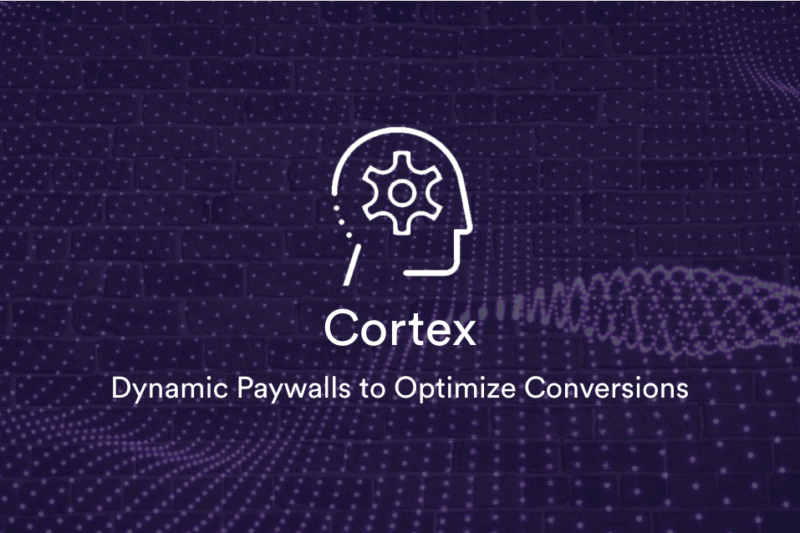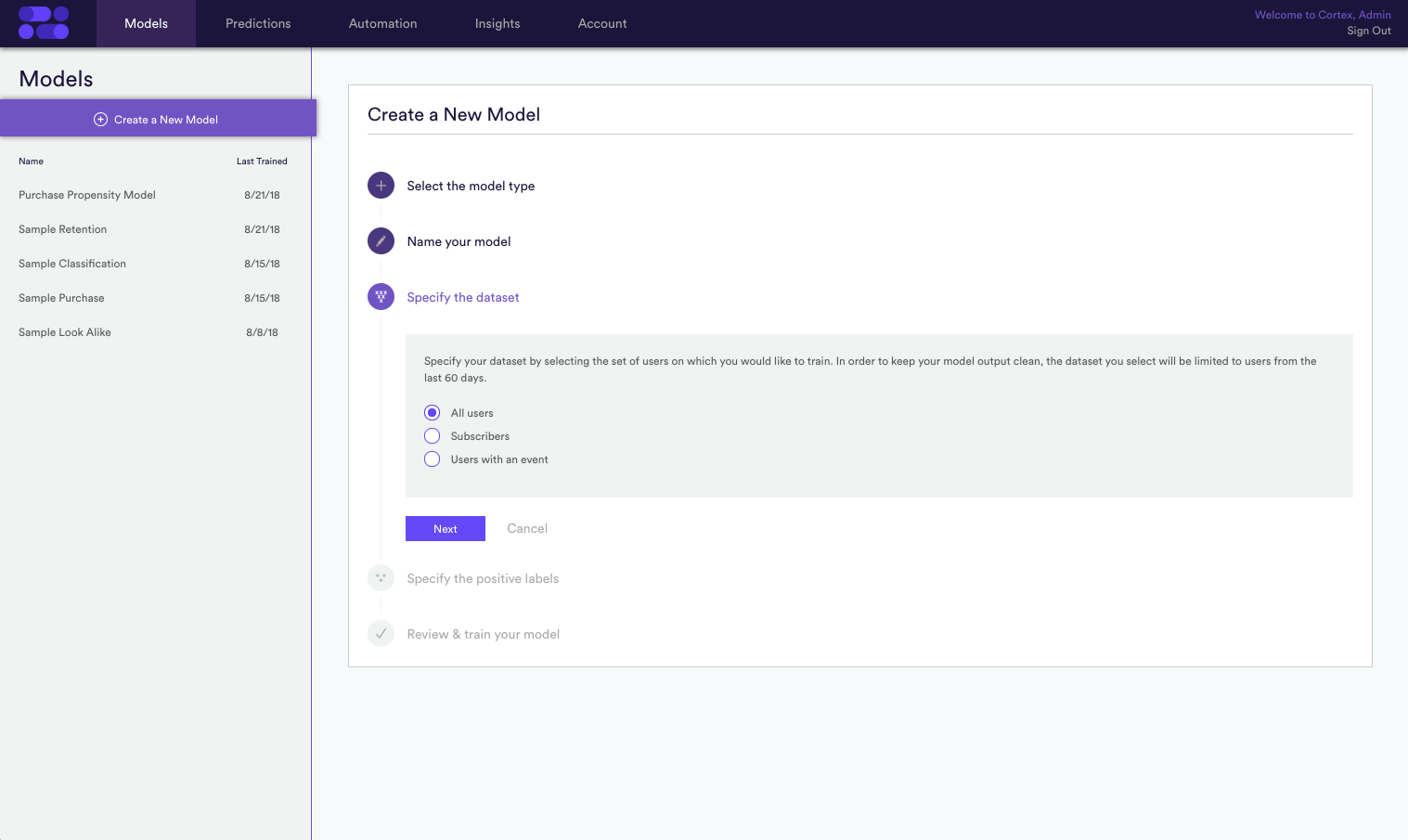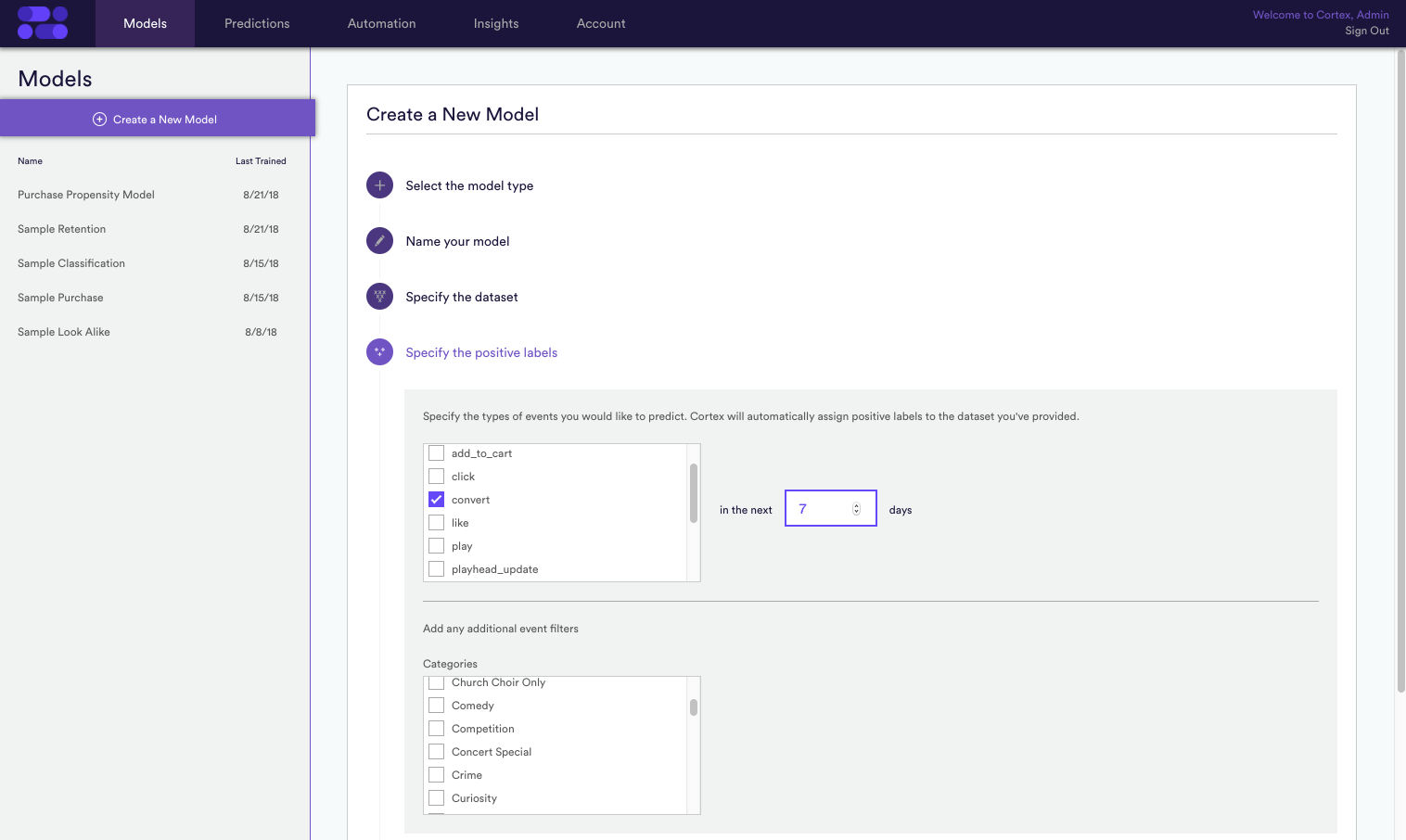
In today’s digital media landscape, online publishers are increasingly turning to a subscription model in order to monetize content consumption. Dynamic paywalls serve a dual purpose for media companies. On one hand, they drive revenue from your loyal users. And on the other hand, they allow new users to sample your content before they convert.
But rules-based paywalls are often too rigid. Media organizations continue to gain access to more data about their users’ behavior. As a result, machine learning enables them to implement dynamic paywall strategies. In turn, those strategies help tap the full revenue potential of their users.
In this post, we’ll show you how you can use Cortex to identify which users are likely to convert. We will also show you how to dynamically adjust the timing and price point of your paywall. As a result, this will allow you to maximize revenue from conversions.
Dynamic Paywalls and Machine Learning
With more data at their disposal, media organizations are now able to pursue increasingly automated, flexible, and personalized paywall strategies. A dynamic paywall powered by machine learning can automatically adjust its settings to maximize the probability of conversion for each user. This allows you to optimize things like:
- How much free content should I show each user before they hit the paywall?
- Which special deals, price points, and subscription tiers should I offer to each users when they hit the paywall?
Machine learning can help you predict each user’s likelihood to convert around various offers in real time. Therefore, media companies can optimize when and how the paywall is dynamically introduced. For example, you might permit users with low conversion propensity to browse your site for free. Users past a high conversion propensity score may be hit with a hard paywall, while users in the middle might be offered the optimal deal to maximize their probability of conversion.
Optimize Your Paywall with Cortex
Implementing your optimal paywall strategy is simple and easy with Cortex’s self-service machine learning platform. Just follow the three easy steps below to predict how likely each of your users is to subscribe when shown a subscription offer.
1. Choose the Model Type
Cortex gives you the power to solve a variety of business problems with a wide selection of ML tools. Since we’re predicting which users are likely to take an action in the future, select the “Event Time Series” model from Cortex’s available model types.

2. Specify the Data Set
Next, specify the set of users that you’d like to make predictions on. Cortex will search through data from these users, learn which attributes and behaviors are predictive of conversions, and make a prediction for each user in your dataset.

3. Define the Goal
Define the goal by selecting the event you’re looking to predict and the window of time over which to predict it. In our case, we’ll predict conversion events within the next 7 days, and add a category filter to indicate that we’d like to predict conversion specifically on offer X. Cortex will train on the dataset you specified in Step 2 to spot which patterns are relevant indicators of this goal.

With Cortex’s point-and-click interface, you can accomplish this whole process in minutes rather than months, and without the involvement of any data scientists.
Once your model has been built, use Cortex Automation to build intelligence into your paywall in real time. Cortex Automation provides low-latency API access to the outputs of your machine learning models so that you can power predictive automation for your business. Whenever a user browses your site, Cortex Automation lets you predict in real-time that user’s likelihood of converting on various offers, enabling you to build automated mechanisms which act upon these predictions by dynamically varying the paywall settings for that user.
Summary
Machine Learning has revolutionized the relationship between media organizations and their users. With more data, media companies can do better than the rigid, rules-based paywalls of the past. Cortex enables anyone – even non-technical users – to build complex ML models which power dynamic paywall strategies with just a few clicks.
Want to know more? Contact us here, or email us at info@vidora.com!
About Vidora
Vidora enables non-technical users such as marketers, product managers and analysts to build and use complex machine learning models. Vidora’s technology automates the entire Machine learning pipeline beginning with raw data and ending with predictive machine learning models. Vidora works with some of the largest global brands including Walmart, News Corp, Discovery and Forever 21.


